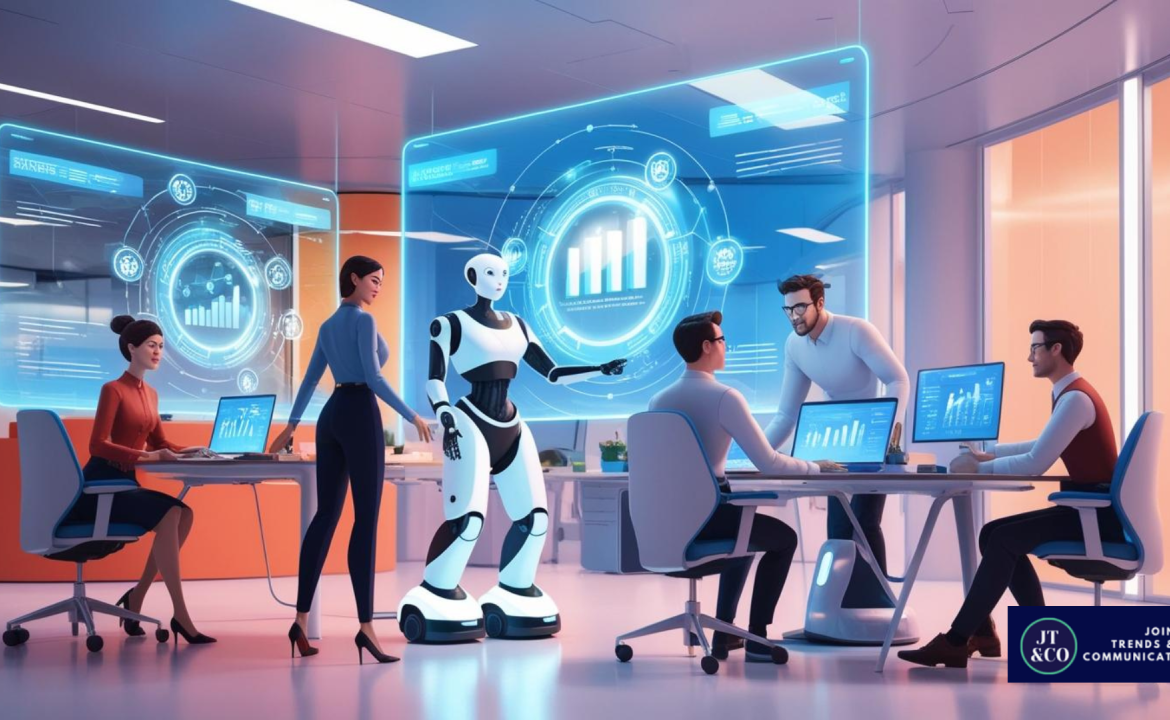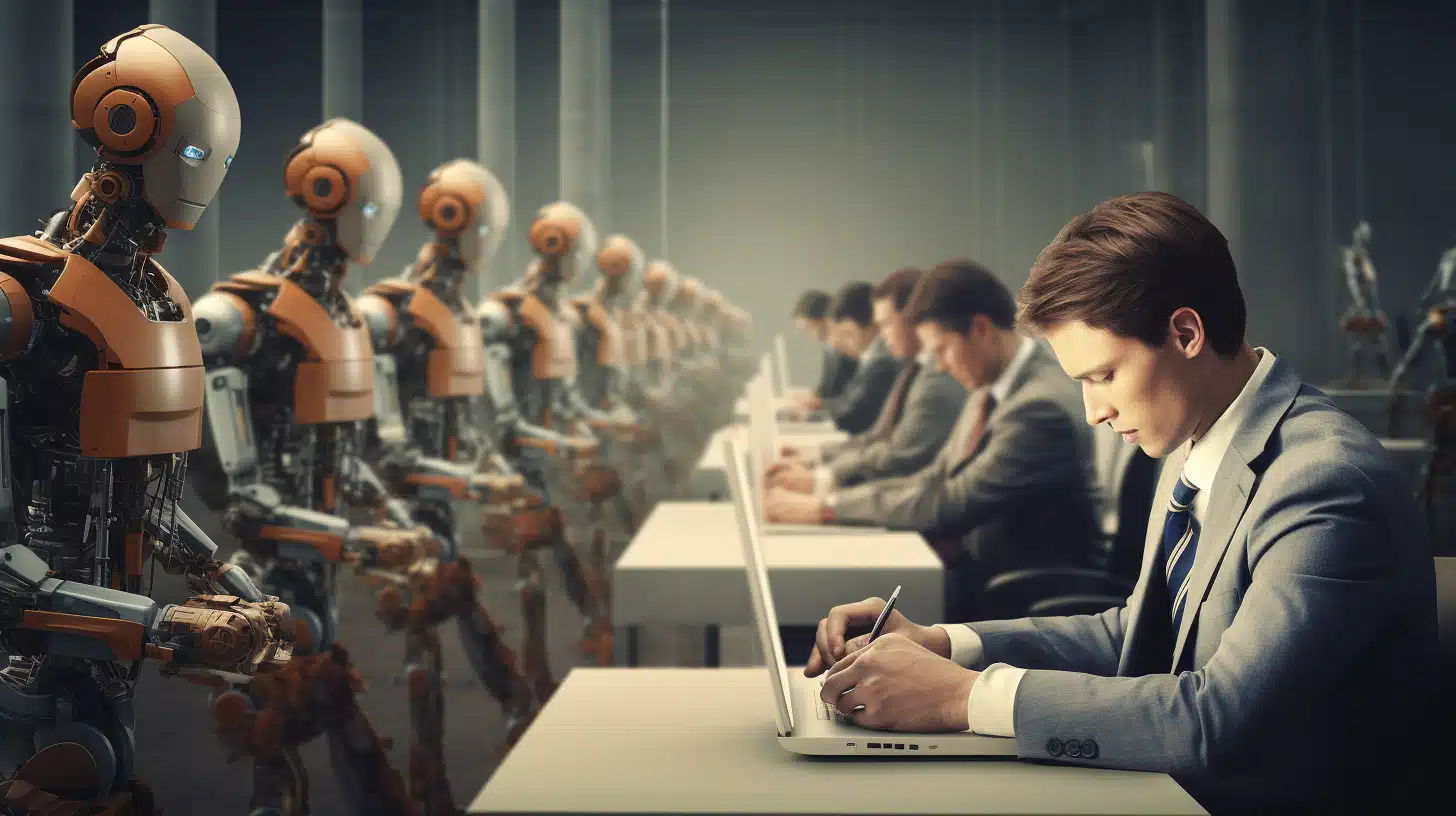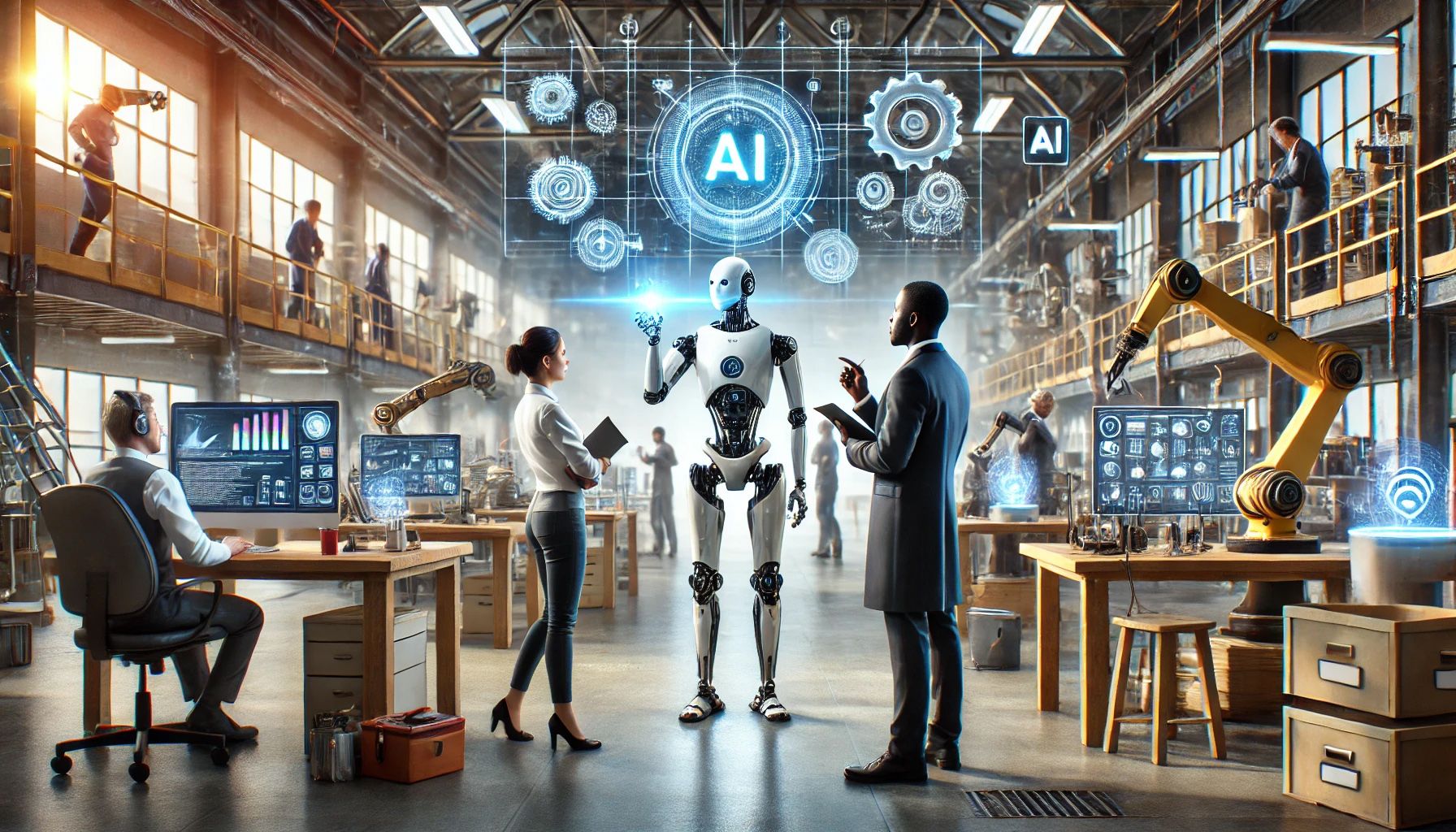Artificial Intelligence (AI) is revolutionizing the modern workplace, bringing efficiency and innovation while also reshaping traditional job roles. As AI continues to evolve, understanding its impact on job automation is essential for businesses, workers, and policymakers alike.
What Is AI-Driven Job Automation?
AI-driven job automation refers to the use of intelligent systems, such as machine learning algorithms and robotic process automation (RPA), to perform tasks traditionally done by humans. These systems can analyze data, make decisions, and complete repetitive tasks with minimal human intervention.
Key Roles of AI in Job Automation
Streamlining Repetitive Tasks
AI is highly effective at handling repetitive, rule-based tasks such as data entry, invoice processing, and customer support chatbots. Automating these tasks helps organizations save time, reduce errors, and improve operational efficiency.
Enhancing Decision-Making
AI systems can process large volumes of data to generate insights and assist in decision-making. In fields like finance, healthcare, and marketing, AI helps professionals make smarter, data-driven choices.
Improving Productivity
By taking over time-consuming tasks, AI allows employees to focus on more strategic and creative work. This shift can boost overall productivity and job satisfaction when implemented responsibly.
Revolutionizing Industries
From manufacturing to retail, AI is transforming how businesses operate. Smart factories use AI for predictive maintenance and quality control, while retailers use AI for personalized shopping experiences and inventory management.
Supporting Human Workers
AI doesn’t always replace human jobs—it often augments them. For example, in healthcare, AI can assist doctors in diagnosing diseases or analyzing medical images, enabling faster and more accurate treatment.
Challenges and Considerations
Job Displacement Concerns
One of the most discussed challenges is the potential loss of jobs due to automation. Low-skill, repetitive roles are particularly at risk, which raises concerns about unemployment and the need for reskilling.
Skills Gap and Workforce Transition
As AI takes over certain functions, there’s a growing demand for new skills like data analysis, programming, and AI system management. Education and training programs must evolve to prepare the workforce for this transition.
Ethical and Social Implications
AI decision-making must be transparent and fair. Organizations must ensure that automation doesn’t reinforce bias, violate privacy, or widen the socio-economic gap between workers.
Regulatory and Governance Issues
Governments and institutions need to establish clear guidelines for the use of AI in the workplace to protect workers’ rights and promote responsible innovation.
Conclusion
AI and job automation are redefining the future of work. While automation presents challenges around employment and ethics, it also offers tremendous potential to boost efficiency, foster innovation, and create new types of jobs. A balanced approach—one that embraces technology while investing in human skills—is key to navigating this transformative era successfully.






Leave feedback about this